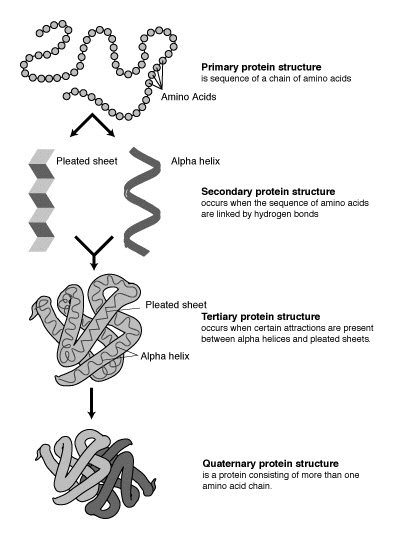In science, an open problem or an open question is a known problem which can be accurately stated, and which is assumed to have an objective and verifiable solution, but which has not yet been solved (no solution for it is known). Important open problems exist in all scientific fields. For example, one of the most important open problems in biochemistry is the protein structure prediction1 problem — how to predict the structure of a protein from its sequence. Wikipedia has long lists of open problems in artificial intelligence2, biology3, chemistry4, computer science5, economics6, geoscience7, linguistics8, mathematics9, medicine10, physics11 and statistics12.

In mathematics, an open problem is often called a conjecture: a conclusion or proposition based on incomplete information, but for which no proof has been found yet. As soon as the conjecture is proven, it is called a theorem. Some theorems may have lived an earlier life as a conjecture for many years. Conjectures such as the Riemann hypothesis13 (still a conjecture) or Fermat's Last Theorem14 (now proven, but called Fermat's conjecture from 1637 until 1995) have shaped much of mathematical history as new areas of mathematics are developed in order to solve them.
One of these conjectures that is still unsolved is the Erdõs-Straus conjecture. This conjecture states that for all integers $$n \geq 2$$, there exists three positive integers $$x, y, z \in \mathbb{N}_0$$ such that \[\frac{4}{n} = \frac{1}{x} + \frac{1}{y} + \frac{1}{z}\] or in other words that the rational number 15$$\frac{4}{n}$$ (for $$n \geq 2$$) can always be expressed as the sum of three unit fractions16. For instance, for $$n = 5$$ there are two solutions: \[\frac{4}{5} = \frac{1}{2} + \frac{1}{4} + \frac{1}{20} = \frac{1}{2} + \frac{1}{5} + \frac{1}{10}\] If both sides of the equation are multiplied by $$nxyz$$, the same equation can be rewritten as \[4xyz = n(xy + yz + xz)\] This form has the advantage that it does not require any floating point divisions that might trick computers into rounding errors.
One very general problem-solving technique to prove or disprove mathematical conjectures consists of systematically enumerating all possible candidates for the solution and checking whether each candidate satisfies the problem's statement. This approach is called brute force. While a brute force search is simple to implement, and will always find a solution if it exists, its cost is proportional to the number of candidate solutions — which in many practical problems tends to grow very quickly as the size of the problem increases. Therefore, brute force search is typically used when the problem size is limited, or when there are problem-specific heuristics that can be used to reduce the set of candidate solutions to a manageable size. The method is also used when the simplicity of implementation is more important than speed.
Input
The input contains three integers $$n, o, b \in \mathbb{N}_0$$, each on a separate line.
Output
For each combination of three integers $$x, y, z \in \mathbb{N}_0$$ such that $$o \leq x \leq y \leq z \leq b$$ and such that $$4xyz = n(yz + xz + xy)$$, print a line that is formatted as 4/$$n$$ = 1/$$x$$ + 1/$$y$$ + 1/$$z$$. The combinations $$x, y, z$$ must be enumerated in increasing order, first with respect to $$x$$, that with respect to $$y$$ and finally with respect to $$z$$.
Tip: A brute force approach can be used to enumerate all possible combinations of $$x, y, z$$, so that you can test if the conditions hold for any of these combinations of $$x, y, z$$.
Example
Input:
3
1
12Output:
4/3 = 1/1 + 1/4 + 1/12
4/3 = 1/1 + 1/6 + 1/6
4/3 = 1/2 + 1/2 + 1/3Resources
Elsholtz C (2001). Sum of k unit fractions. Transactions of the American Mathematical Society 353(8), 3209–3227. 17
Erdõs P (1950). Az $$\frac{1}{x_1} + \frac{1}{x_2} + \ldots + \frac{1}{x_n} = \frac{a}{b}$$ egyenlet egész számú megoldásairól (Hongarian: On a Diophantine Equation). Mat. Lapok. 1, 192–210. 18